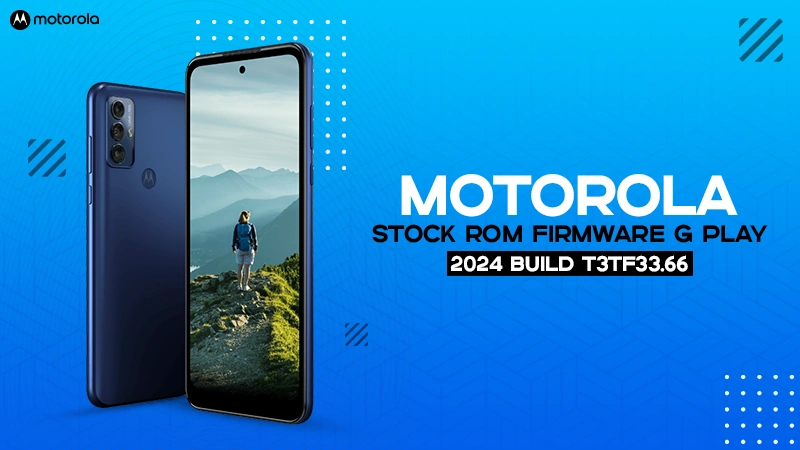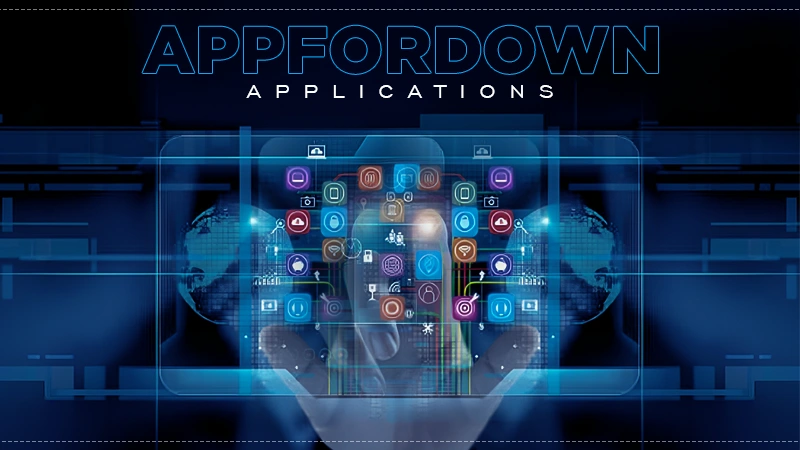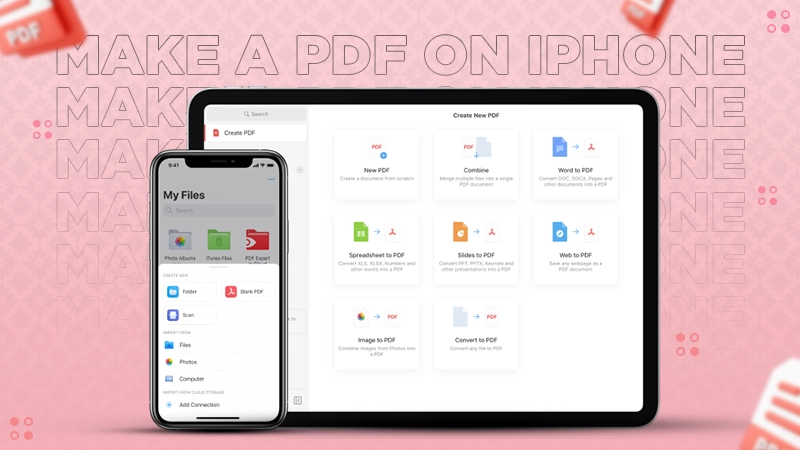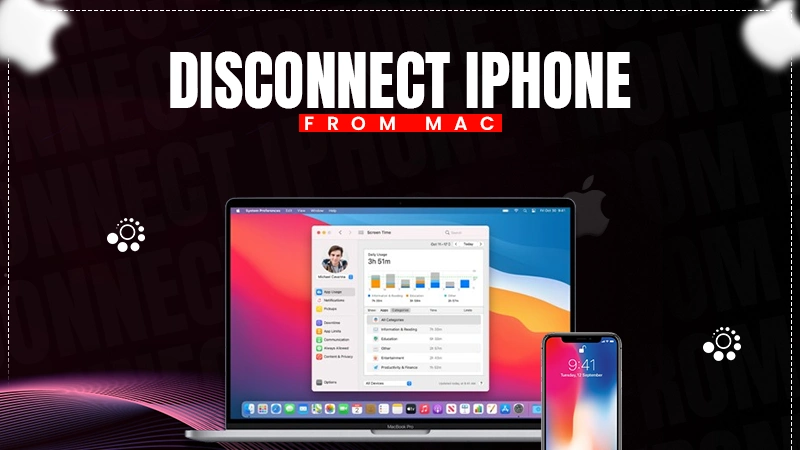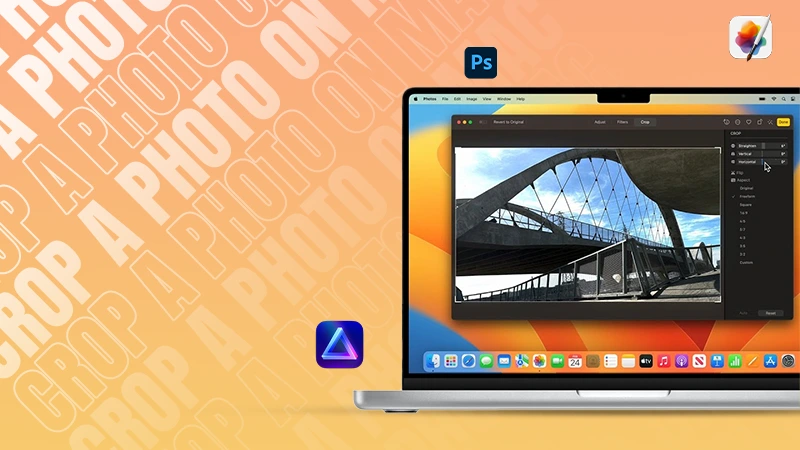Linuxia: A Comprehensive Guide to the Open-Source Operating System

Continuous advancements in the field of computers are making it more fascinating. There are a lot of operating systems to choose from on the market. However, if you are looking for something that prioritizes freedom, versatility, customization, and a supportive community, then Linuxia should be your first choice.
Linuxia provides you with a distinct and empowering computer experience. In this article, we will provide you with all the necessary details about this open-source operating system, its features, installation process, pros and cons, future potential, and more.
- What is Linuxia?
- Linuxia Architecture
- Key Features of Linuxia
- How to Install Linuxia on Your Device?
- Popular Linux Distributions
- Basic Commands in Linuxia
- Common Applications of Linuxia
- Customization, Networking, and Community Support
- Troubleshooting Common Issues
- Pros and Cons of Linuxia
- Potential Future of Linuxia
- Conclusion
- Frequently Asked Questions (FAQs)
What is Linuxia?
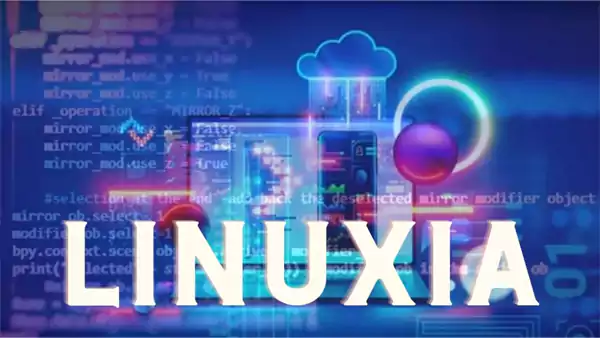
Originating from the Linux kernel, which Linus Torvalds developed in 1991, comes Linuxia, an open-source operating system. It is being used globally and has become popular for its security, flexibility, and large active community. Its application on a variety of devices, such as embedded systems, smartphones, servers, and desktops, speaks to its versatility.
Fundamentally, this OS is based on the principles of freedom, collaboration, and innovation. Linux distributions, also known as ‘distros’, are freely available for use, modification, and distribution, in contrast to proprietary systems.
The open nature of the platform is the reason behind such a strong community of developers and users who are contributing to its continuous development.
Linuxia Architecture
The architecture of Linuxia is composed of several core components that ensure its functionality and flexibility:
- Kernel: The heart of the operating software, managing hardware resources and system operations.
- System Libraries: Provide necessary functions for applications to run.
- System Utilities: Essential tools for system management and configuration.
- Package Management System: Facilitates software installation, updates, and management.
- Security Frameworks: Built-in measures to protect against threats and ensure data integrity.
Each component contributes to the efficiency of the operating system.
Key Features of Linuxia
This operating system has various strong features, making it one of the most popular in the market. Here are some of the key features that make it different from others:
Free and Open-Source Platform
This plays a major role in setting it apart from others. There is no hefty price to use it, and being open-source in nature, it offers you unparalleled customization, flexibility, and community-driven development.
Security First
It is renowned for its robust security features. The open-source approach fosters continuous improvement in security patches and updates, making it a great choice for users who prioritize data protection.
Customization and Flexibility
There is nothing like the flexibility and customizability of Linuxia. Its ability to modify code allows users to tailor the computing environment to their requirements. It benefits not just the individual but also the business, as customization is frequently required in business.
Multiple Distributions
One of the best aspects of this OS is the wide range of distributions available. Each caters to specific user groups, offering a curated set of features and tools. There is a perfect distribution for every specific need such as gaming, web development, casual computing, and so on.
Moving on, let’s explore the detailed steps to get started with Linuxia on your preferred device.
How to Install Linuxia on Your Device?
The installation process for Linuxia can vary slightly depending on the specific distribution you choose. But generally, you just have to install the media and follow the prompts on the screen. Let’s look into the step-by-step process;
Step 1: Choose Your Perfect Distribution
Firstly, you need to select a Linux distribution as per your need. There are various options available, including Ubuntu, Fedora, Debian, Arch Linux, CentOS, and more.
Step 2: Download the ISO File
Next, you have to download the appropriate ISO file for your chosen distribution, which is typically used as the installation media for the operating system. It contains every component that is required to install the system.
Step 3: Create a Bootable USB Drive
You require a USB drive with enough storage available to hold the ISO file. To create a bootable drive, you can use software tools like Rufus (Windows) or Etcher (multi-platform). This bootable USB effectively turns into a portable Linuxia installer.
Step 4: Prioritize Booting from the USB Drive
Now restart your computer and enter the BIOS or UEFI setup menu. You can enter the menu by pressing a specific key during boot, like F2 or Del.
Set the USB drive holding the Linuxia installation media as the preferred boot option in the boot menu.
Step 5: Follow the Installation Guide
Once you boot from the USB drive, the Linuxia installer will launch. You’ll typically be able to choose your preferred language, partitioning options for your hard drive, and any additional software packages you want to install.
Step 6: Restart and Enjoy
Finally, restart your computer after the installation. You should then boot directly into your newly installed Linuxia system. Now just take your time and explore the new desktop environment, install the required application, and start customizing your experience.
Note: Before attempting to install an operating system on your device, it is always advisable to make a backup of any important data.
Also Read: How to Recover Deleted Documents on a PC Hard Drive Easily?
Popular Linux Distributions
Linuxia offers a wide range of distributions, each personalized to individual user’s needs and preferences. This sets it apart from other mainstream operating systems.
The following are some of the most popular distributions within the Linuxia ecosystem:
- Debian: It is a widely used distribution that is highly regarded for its dependability and commitment to open-source principles.
- Ubuntu: Ubuntu is one of the most popular options for new users because of its intuitive interface and strong community support.
- Arch Linux: With a focus on customization and simplicity, Arch Linux is a minimalist operating system that caters to the needs of an experienced user.
- Fedora: It is a cutting-edge distribution option, which is suitable for users who want to stay ahead in the race of software development.
You should consider some factors, such as compatibility, software availability, and community support while picking a distribution.
Basic Commands in Linuxia
While Linuxia offers a graphical user interface (GUI) for easy navigation, using some basic commands can unlock a new level of power and control over your system.
Here are some basic commands to get you started on your Linuxia command-line journey:
- is – list directories
- pwd – print working directory command on Linux
- cd – navigate through directories
- mkdir – used to create directories on Linux
- touch – create blank/empty files
- cat – display file contents on the terminal
- head – return the specified number of lines from the top
- tail – return the specified number of lines from the bottom
- in – create symbolic links (shortcuts) to other files
- clear – clear the terminal display
- diff – find the difference between two files
- echo – print any text that follows the command
- less – display paged outputs in the terminal
- grep – search for a string within an output
- cmp – allows you to check if two files are identical
- man – access manual pages
- zip – zip files on Linux
- unzip – unzip files on Linux
- mv – move or rename files on Linux
- cp – similar usage as mv but for copying files on Linux
- rm – delete files or directories
- whoami – get the active username
- tar – extract and compress files on Linux
- comm – combines the functionality of diff and cmp
- sort – used to sort the content of a file while outputting
- export – export environment variables on Linux
These are just a few basic commands to get you started with the command line. As you explore the OS further, you’ll discover a wider range of commands that will help you navigate easily.
Common Applications of Linuxia
Linuxia is extremely versatile due to its open-source nature and user-centric approach. It caters to a wide audience, including gamers, web developers, IT professionals, and others. Here are some common applications of the system:
- Everyday Computing: For many users, Linuxia serves as a robust platform for their daily computing needs. A wide range of applications are accessible through Linuxia’s extensive software repositories to handle daily tasks.
- Programming and Development: The open-source nature of the platform offers unparalleled access to the code, allowing for greater customization and development. It has a lot of powerful tools, like compilers, interpreters, and integrated development environments (IDEs), available within its ecosystem.
- Web Servers and Servers: Many web servers and other server-side applications rely on Linuxia due to its reliability and advanced security. This makes it a reliable platform for websites and online services.
- Gaming: We have seen a growth in the number of gaming titles that are compatible with Linuxia. To further increase the gaming options, a lot of developers are actively porting their games to Linuxia.
- Scientific Computing: Its powerful command-line tools, robust programming languages like Python, and specialized scientific software packages make it well-suited for complex calculations and data manipulation tasks.
- Creative Work: It also offers a wide range of services to creative professionals, including graphic design, photo editing, audio production, and video editing.
Furthermore, the open-source foundation makes it a great platform for education and learning purposes.
Also Read: Unlocking App Insights: How Data Science is Revolutionizing Software Development
Customization, Networking, and Community Support
Linuxia’s core strength lies in its open-source nature and focus on user empowerment. This translates into three main differentiators, a broad range of customization options, smooth networking capabilities, and a thriving community that is always there to help you along the way.
- Customization: You can select your preferred desktop environment like GNOME, KDE, and XFCE. You can also use tools to tweak settings and personalize your system as per your requirements.
- Networking: You have the option to configure networks using NetworkManager, and utilize remote access protocols like VNC and SSH.
- Community Support: As we have already mentioned multiple times, the community support for the platform is extremely strong. You can engage with online forums, attend Linux conferences, and contribute to projects.
Moving on, we will try to provide you with some basic troubleshooting steps to resolve the common issues.
Troubleshooting Common Issues
Even the most robust system can encounter occasional hiccups. If you are a beginner and running into problems with Linuxia, do not panic. Here are a few troubleshooting tips that should come in handy.
- You should try to restart your system to overcome minor glitches. Sometimes the issues we face are not as serious as we believe. Rebooting the device can resolve these simple problems.
- Ensure that your computer is running on the most recent software update. Various issues can be resolved just by updating the software.
- Make sure your cables are in good condition. A loose cable may occasionally be the main source of an issue.
- You can also seek help from online communities and forums. The strong community of the OS has multiple sources that can provide useful insights and guidance to the users.
To find the solution to your question, you can also visit websites like Ask Ubuntu, Stack Overflow, and LinuxQuestions.org.
Also Read: Top Mac Hard Drive Problems and Solutions
Pros and Cons of Linuxia
Linuxia offers a strong alternative to mainstream operating systems. However, it is crucial to consider the benefits and drawbacks before deciding whether to make the switch and see if it suits your needs.
PROS:
- There is no cost involved in using Linuxia and the open-source nature is a huge advantage. It allows for improved customization and community-driven development.
- It provides advanced security features, as the open-source model promotes quicker identification and patching of vulnerabilities. It secures your data effectively.
- Multiple distribution enables you to find the right one as per your specific needs and requirements.
- When compared to other operating systems, Linuxia is remarkably lightweight, making it ideal for devices with outdated hardware or low processing power.
- Learning and troubleshooting can be easily done with the help of forums and strong community support.
CONS:
- Installing additional drivers for specific hardware components, such as graphics cards or printers, is more technical than the automatic process in some operating systems.
- For users accustomed to Windows or macOS, Linux’s steep learning curve is yet another disadvantage that makes it unsuitable.
- Some popular applications may not be available in native Linux versions. You may be required to find alternatives or use workarounds like emulators.
- If you compare it to Windows or macOS, the installation process is much more complex.
- Troubleshooting can become complex as there is no single point of contact for support.
To sum up, the choice to use Linuxia ultimately comes down to personal preferences and needs. So, please consider its pros and cons before making a decision.
Potential Future of Linuxia
With its focus on user-centric design and open-source development, Linuxia has a lot of potential for the future. The community is evolving with emerging trends. The platform is changing due to several trends, including containerization, cloud computing, and the Internet of Things (IoT).
There are many exciting possibilities for Linuxia’s future. It may improve scalability, performance, and compatibility with technological development. The user experience will undoubtedly improve with more projects like Btrfs, Systemd, Wayland, and Linux’s AI and machine learning integration.
It will emerge as a major competitor in the dynamic field of operating systems due to its emphasis on open-source development, user empowerment, and continuous improvement.
Also Read: 10 Tips for Learning About Machine Learning
Conclusion
To conclude, Linuxia is one-of-a-kind operating software offering versatility and security with cost-effectiveness. It provides a stable platform that meets different computing needs, regardless of user skill level. It is a popular choice due to its growing community and constant improvements.
As you dig deeper, you will get to know more about new functionalities and powerful tools to enhance your experience. So, don’t panic about the new interface, try to experiment, learn from the community, and enjoy the freedom that Linuxia offers.
Read Next: Vaçpr: A Technology for Personalized Solutions Across Sectors
Frequently Asked Questions (FAQs)
Ans: The versatility of the platform enables you to run it on multiple devices, such as personal computers, servers, and embedded systems.
Ans: It differs from proprietary operating systems like Windows and macOS due to its open-source nature, flexibility, and security features.
Ans: Yes, distributions like Ubuntu are designed to be user-friendly and ideal for newcomers.
Ans: While it has made significant progress in gaming support, especially with platforms such as Steam, compatibility with all games may vary.
Ans: Updates for Linux distributions vary, but every one to two months, the stable branch typically receives one update.
Ans: It includes advanced security features such as built-in firewalls, regular updates, and access restrictions to ensure data protection.
